No products in the basket.

No products in the basket.

ACID member Hounddog Designs is a furniture and lighting company founded by Nick Newlands. With a background in engineering, Nick understands how materials, shape and form work to create strong quality builds. After attending education a designer-maker course at the Rowden Atelier school of Fine Furniture in North Devon, he also understands the importance of aesthetics to furniture design.
Nick’s contemporary style is elegant, whilst using quality and sustainable materials to create stand-out pieces. He is happy to work closely with clients to develop bespoke elements to add a unique design aspect to any of his designs.
As a young business, Nick understands the value in intellectual property (IP) and has started from the beginning by creating an IP strategy into his business plan. By becoming an Anti Copying In Design (ACID) member, he is gaining IP insights, lodging his designs on the IP Databank and using the ACID logo as deterrence. He has also started registering designs with the Intellectual Property Office (IPO).
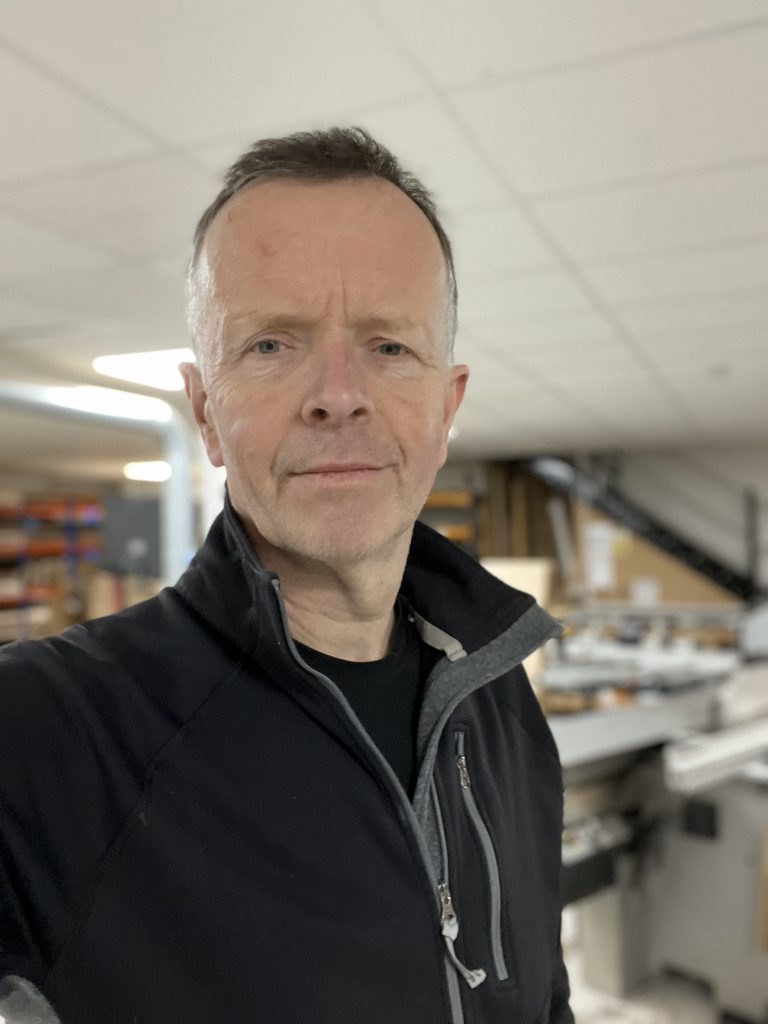
1. Can you tell us a little about how the company developed and the driving force behind its success in design?
I was drawn to design and aesthetics from an early age and ended up following a career in mechanical design, working for many years as an engineer in product development. Latterly, the role became less individually creative, so I enrolled in a year’s designer-maker course in Devon, not really knowing where it would take me. It was great to have some autonomy, even though somewhat daunting, and I started thinking about future possibilities; Hounddog Design came into existence shortly after. It’s taken some ‘blood, sweat and tears’, but I believe I now have a credible furniture and lighting portfolio that I can further focus and develop. The most important aspect is arriving at a design that works on all levels – with simplicity often at its core.
2. How do you stay ahead of the curve and thrive in such a competitive market?
I would say that design originality helps, as does keeping the end user firmly in mind when creating new products. A piece needs to be fully functional as well as aesthetically pleasing. I like to picture in my mind where my products might end up and imagine how they might look in various settings. I keep an eye on market trends, but a good design won’t go out of fashion, and the right choice of materials means that products will last. These days we are all interested in sustainability, so I take care in sourcing materials. I’m trying do things a little differently which sometimes that creates difficulties and inefficiencies, but the results are hopefully unique and the process much more satisfying. This may perhaps make the designs more vulnerable to copying, but on the flip side because the processes involved take time to develop are not necessarily understood by others and are perhaps less suitable for mass production, it may make copying harder. But people will always find a way if there is one!
3. Your background is in engineering. How does the specialism inspire and inform your furniture design?
When I worked in engineering design, functionality was everything and the quality demanded of the product and all componentry was exceptionally high. There was a very rigid protocol on the iterative design process because the costs were so high. When designing furniture there is a balance of both functionality and aesthetics. High quality is still very much a requirement and I think those processes still apply. There are many aspects of mechanical design that bridge into furniture, so I am perhaps more aware of why some things work and some don’t, and perhaps what can be done to resolve issues.
4. Good design is often copied. When have you come across infringements, how have you dealt with them?
Hounddog Design is a young company, and as such I’ve not yet come across any infringements of my designs. In my previous engineering role however, IP was always a critical consideration, and worldwide patents were often sought at great expense to protect the company’s assets, and as a marketing signal that it was innovative. It’s difficult to self-assess the likelihood of copying, but I know how I would feel about it. I have tried to take a preventative stance, which is why I joined ACID and why I now have some registered designs.
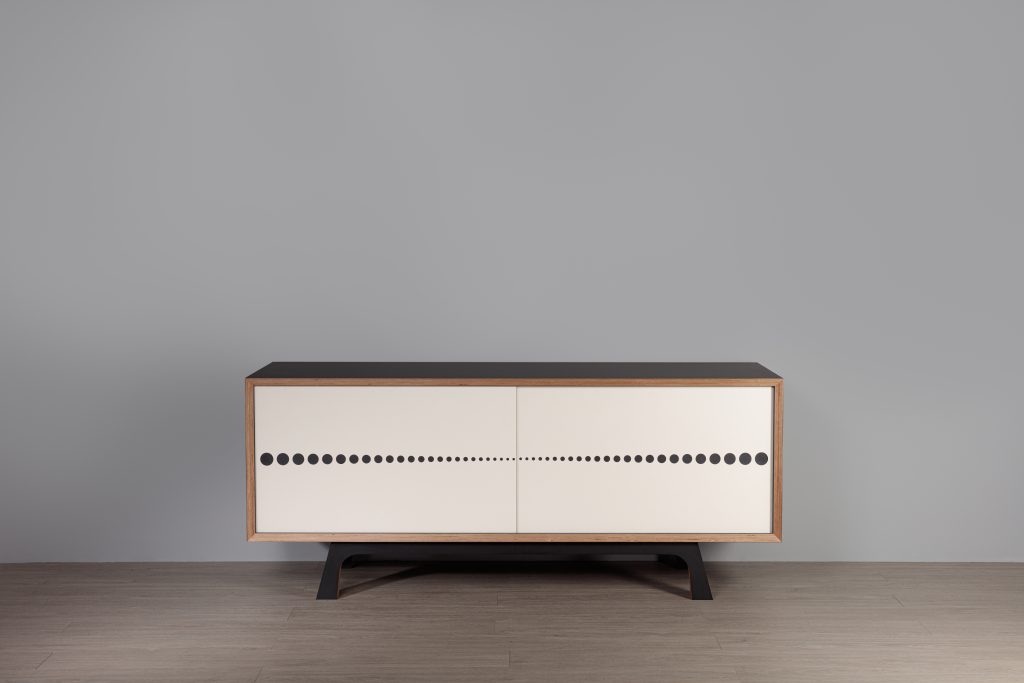
5. Copying culture is an unfortunate but undeniable aspect of design in the UK, what is your message about this culture, to those who perpetuate it?
It’s not always apparent just how much effort has gone into getting a design to a finalised state. Designers take influence from all sorts of places, consciously and subconsciously. But when there is obvious direct copying, the consequences to the creator can be very substantial not just on a business level, but also on a personal level.
I think that some copying is perhaps done without perpetrators understanding the consequences. To those people I would say, think about what you are doing, and morally act on it. There are others who actively pursue the copying knowing full well the consequences, but they just don’t care. I am not sure what my message is to them, but I think it may well fall on deaf ears. I guess that’s why people take efforts with protection.
6. Designing well-built products and using quality materials is at the heart of Hounddog Designs’ principles; how do you inspire your people to persistently attain high standards and how important do you think this is for the future of such a trusted and respected company?
Globalisation has made it difficult to manufacture profitably in the west, particularly at small scale and when a company is angled towards the domestic market. Creating well-built products and using high spec materials is definitely part of my solution. I don’t think it’s so much about perfectionism, but more about setting a standard, and creating a methodology to consistently attain it.
People work in different ways, but I think the creative development of the types of designs Hounddog aspires to are best served by that foundation. I think creativity can flourish from that.
7. It’s clear you take your intellectual property seriously, ensuring that there is evidence from concept to marketplace. Lodging designs with ACID and registering them with the IPO. How does intellectual property factor in the way you create your business model and talk to clients?
If I have a design concept that I believe may warrant protection, then I view that as a good sign. I currently have a couple of ideas at early concept stage, and I am already considering possible future IP. It’s an indication that they are perhaps unique. Sometimes that means unworkable on some level, but it’s still a good starting point.
8. Do you think that IP ethics, compliance, and respect for intellectual property should be the cornerstone of the industry, in terms of declared Corporate Social Responsibility? And if so, how could this sector achieve this?
Yes, I do. Like many things, it’s about education – instilling morals in society. I would imagine that infringement is more prevalent than it’s ever been, so I’m not sure how best to address the problem. It’s even more difficult to address internationally – legally, but also, I suspect, because the distance and culture affects the moral judgement. But locally at least, its undoubtably best to put IP in place then act quickly on any infringements with the backing of a legal entity.
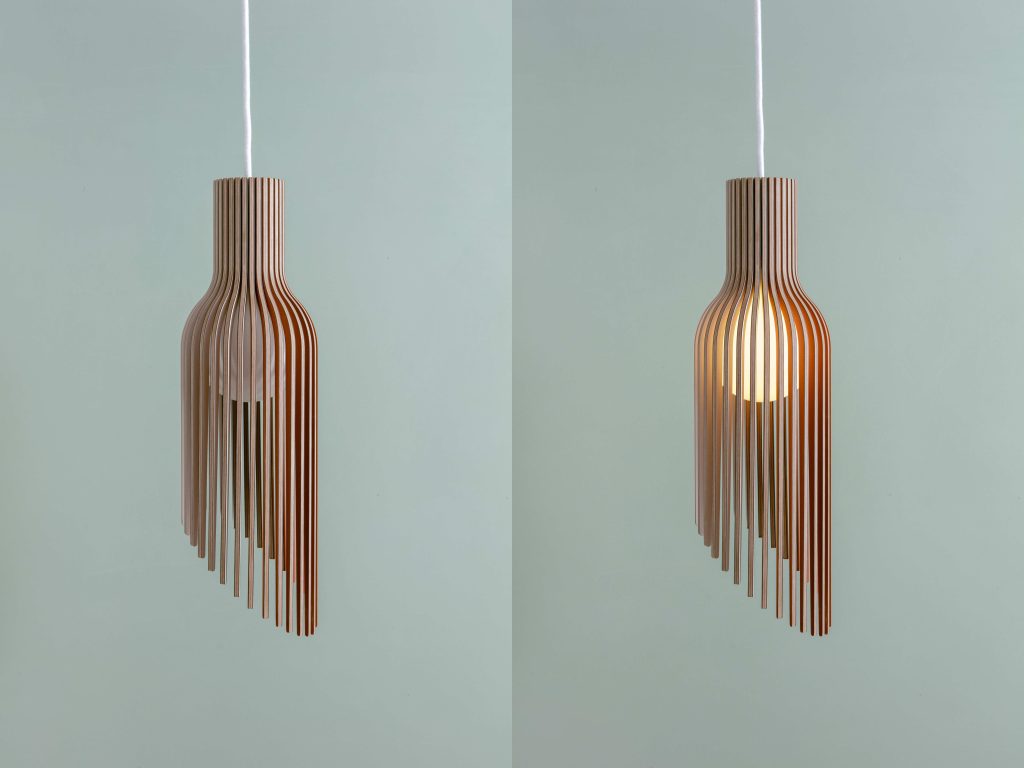
9. We now have an IP Act which will mean not only criminal provisions for intentional Registered Design infringement but also for individual directors. Do you believe that if this is extended to Unregistered Design infringement, it will become more of a deterrent?
I’m not too familiar with the IP Act or the extent of its legality. I’m guessing that ownership of any unregistered design would still need to be defined, so in a moral sense it’s really the same thing. What the government seem to be saying is that it’s alright to steal, as long as there is a sizable benefit for the perpetrators. So no, I don’t agree.
10. Can you give us a steer on what you feel ACID’s achievements have been and what we could do in the future to raise further awareness about IP theft?
I heard about ACID through a fellow maker at my workshop; I’m not sure how he heard of it. Since joining I have seen more indications of its existence, on websites and exhibition stands for example. So even increasing awareness is a great achievement, both in terms of helping people to protect their designs, but also in sending a message to people who might be copying inadvertently or maliciously. I also think that knowing an organisation is there to assist if you need it, is a comforting assurance. As regards further awareness, perhaps approaching educational establishments at all levels, particularly those with a creative slant, might help.
11. As you know, ACID is the main Policy and Government campaigning body for Design & IP reform. What are your 2 recommendations to the Government to stem the tide of blatant design theft to support this sector?
I suspect it’s not really taken seriously enough, and way down on the list of priorities, especially in relation to small scale set-ups. So firstly, I think the Government needs to fully understand the consequences for affected individuals and put legislation in place to act against it. Secondly, I think the Government should support people and organisations who are impacted by it.
12. Have you signed the ACID IP Charter? If you would like to be an ACID IP Signatory also, you can sign here. Anyone can be a signatory and it is free to sign. It allows you to state you are aligned with our ethics on original design, you stand up for respect, ethics and compliance in design, plus it also helps us with our campaigning for design law reform.
I have signed now.
Hounddog Design
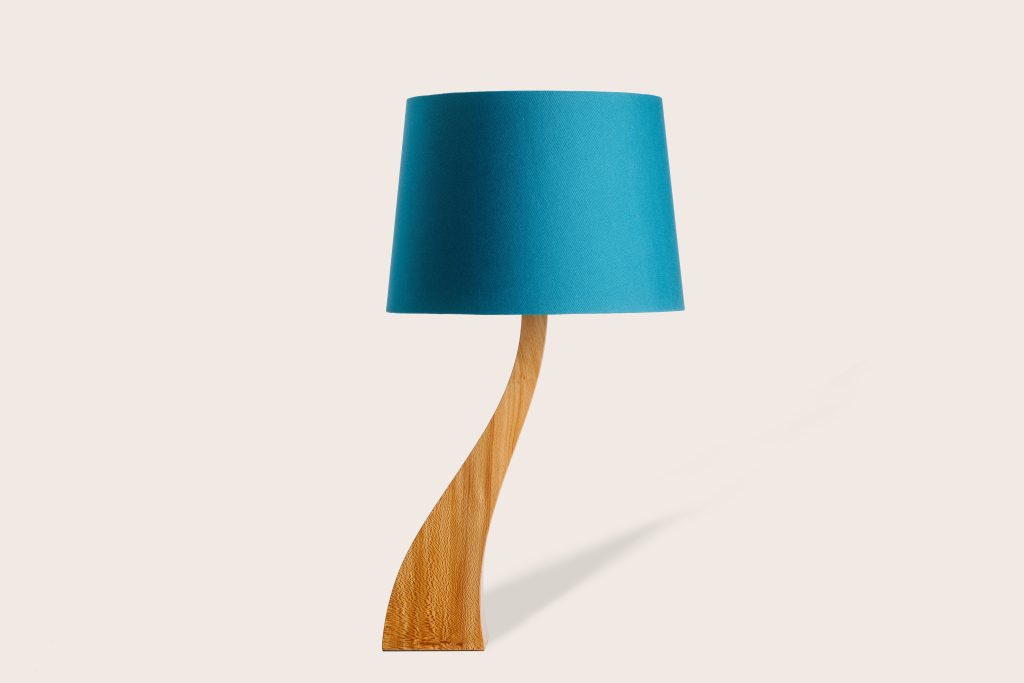
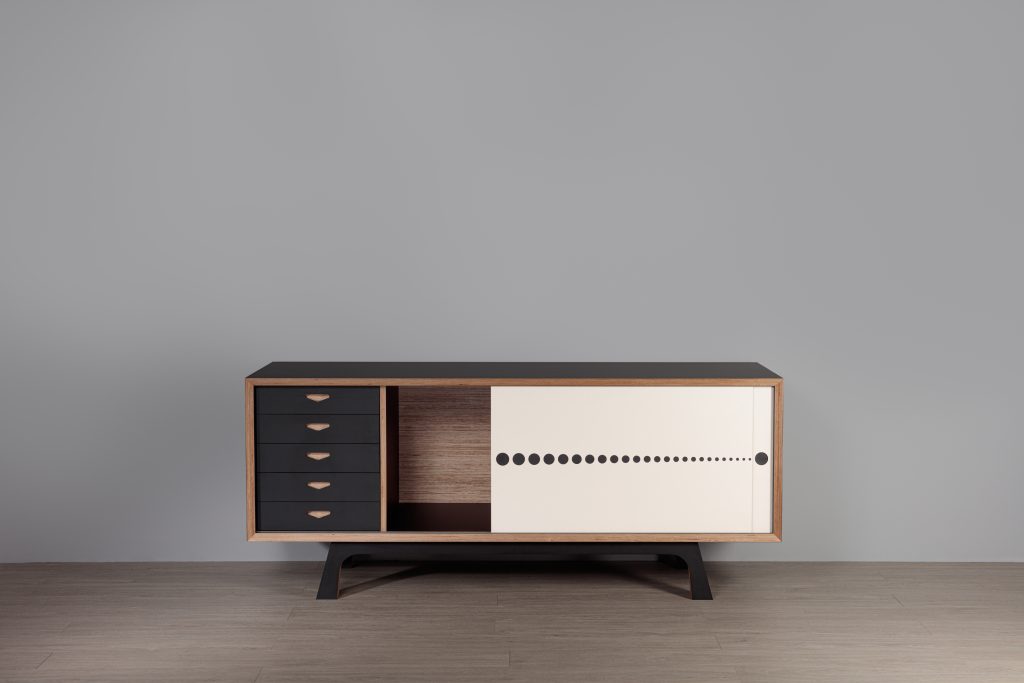
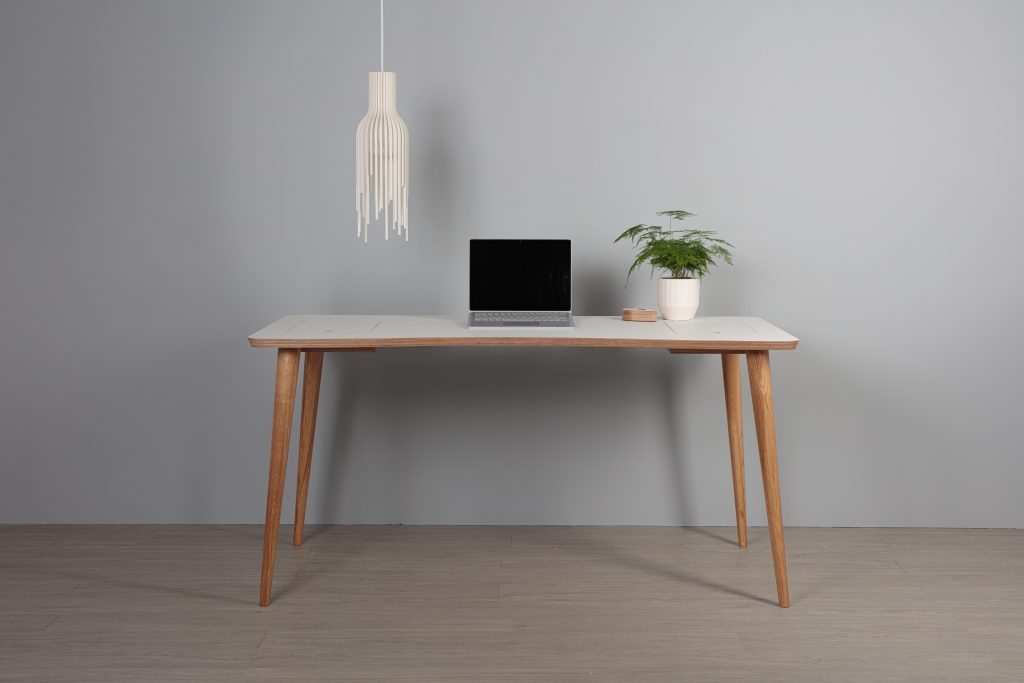
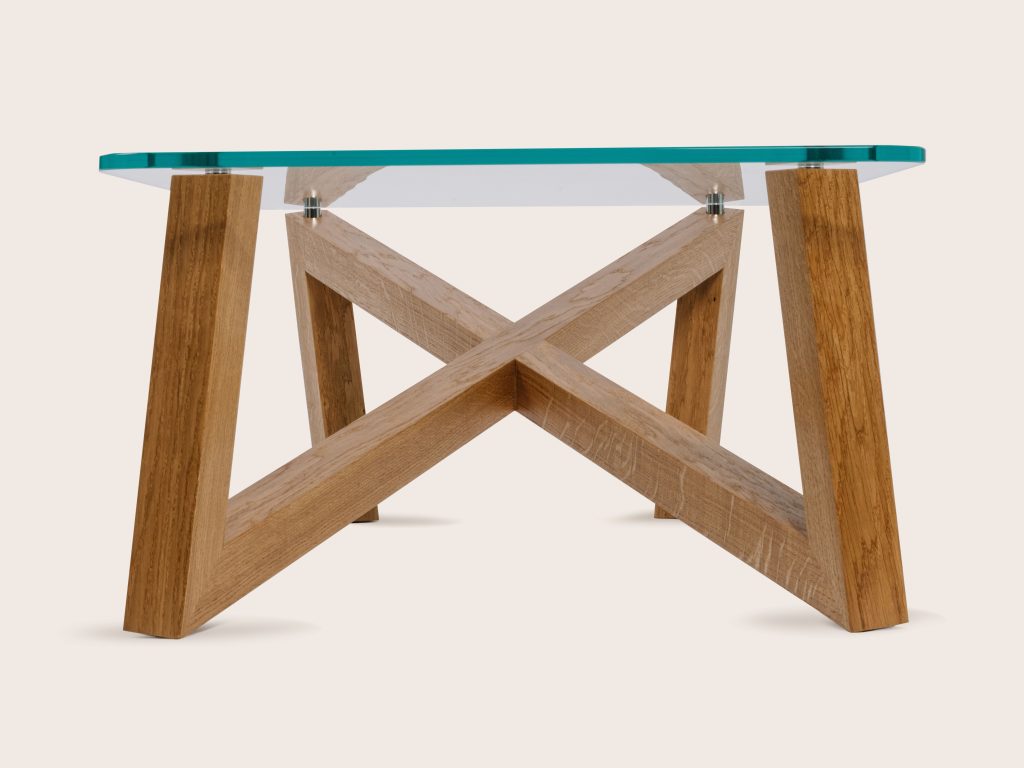
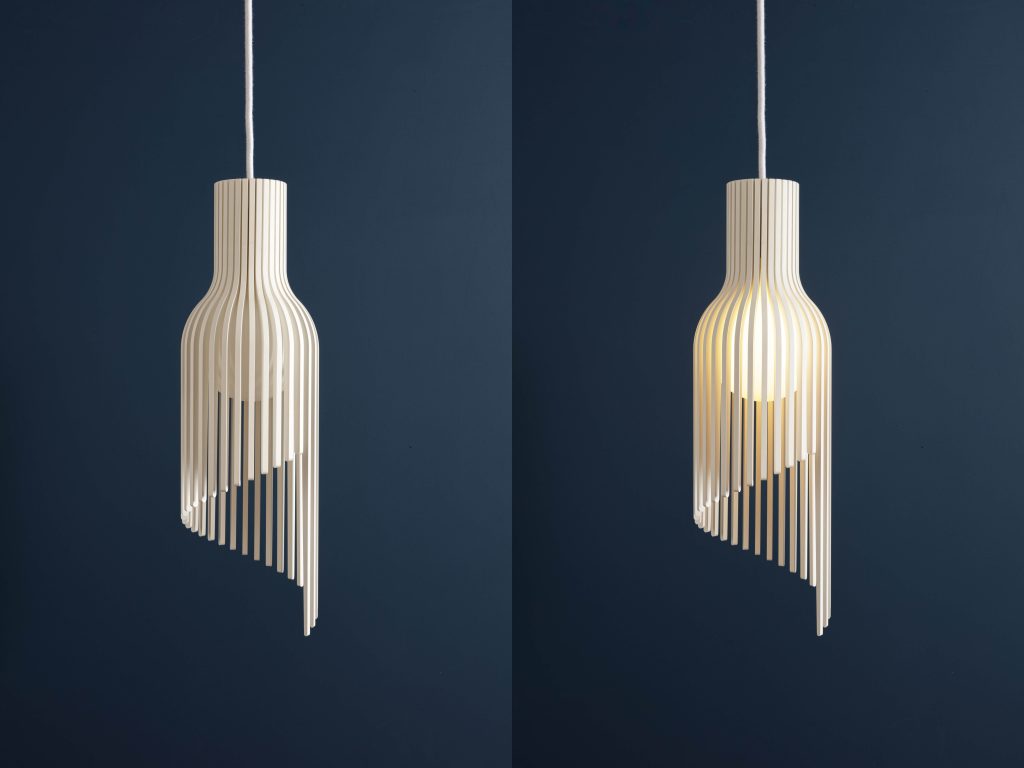
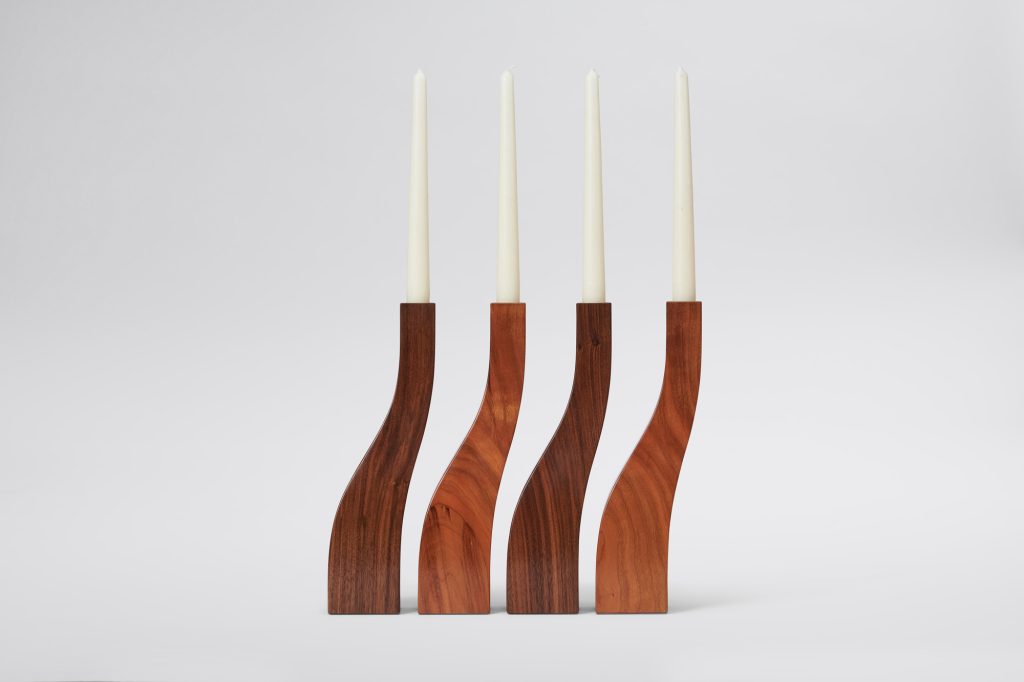
Spread the Word
| Cookie | Duration | Description |
|---|---|---|
| cookielawinfo-checkbox-analytics | 11 months | This cookie is set by GDPR Cookie Consent plugin. The cookie is used to store the user consent for the cookies in the category "Analytics". |
| cookielawinfo-checkbox-functional | 11 months | The cookie is set by GDPR cookie consent to record the user consent for the cookies in the category "Functional". |
| cookielawinfo-checkbox-necessary | 11 months | This cookie is set by GDPR Cookie Consent plugin. The cookies is used to store the user consent for the cookies in the category "Necessary". |
| cookielawinfo-checkbox-others | 11 months | This cookie is set by GDPR Cookie Consent plugin. The cookie is used to store the user consent for the cookies in the category "Other. |
| cookielawinfo-checkbox-performance | 11 months | This cookie is set by GDPR Cookie Consent plugin. The cookie is used to store the user consent for the cookies in the category "Performance". |
| viewed_cookie_policy | 11 months | The cookie is set by the GDPR Cookie Consent plugin and is used to store whether or not user has consented to the use of cookies. It does not store any personal data. |